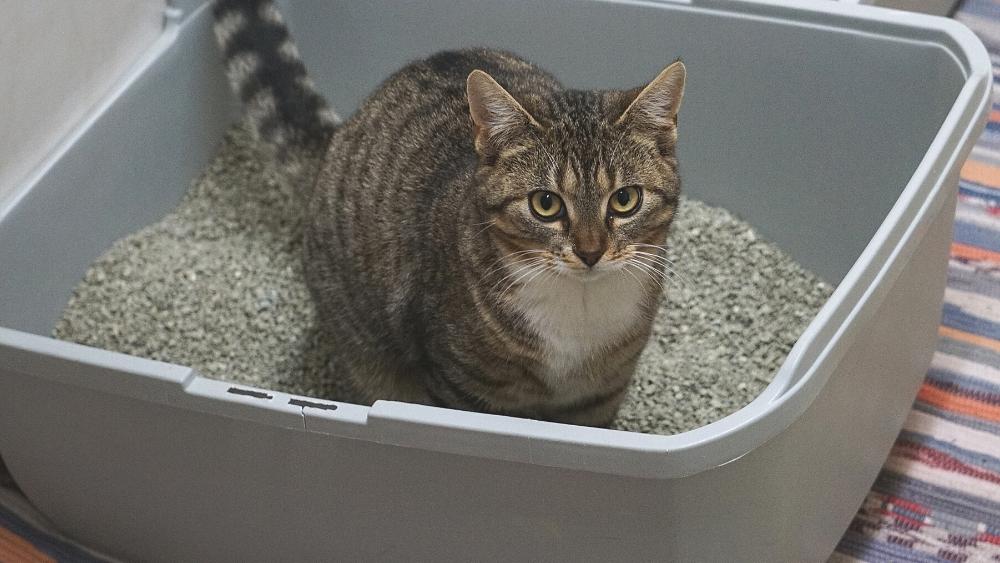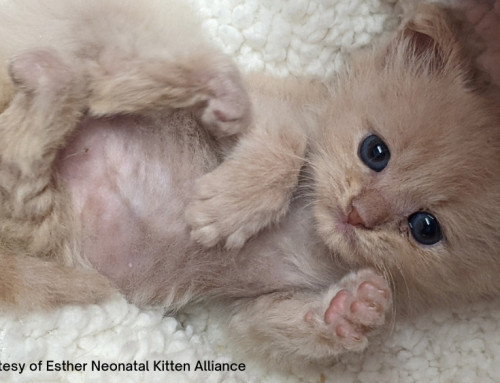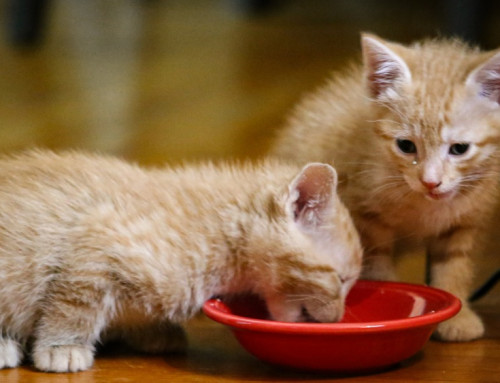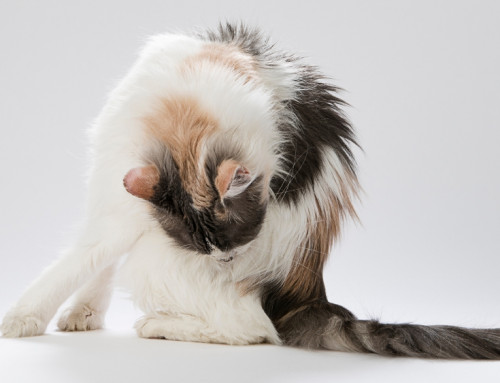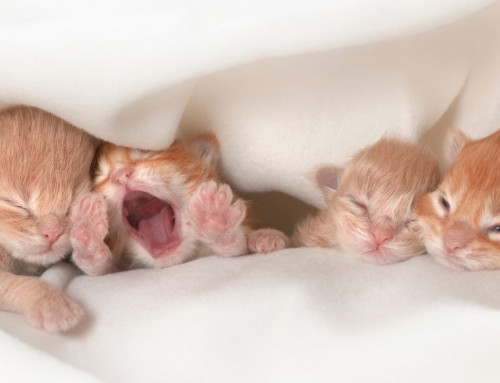Share this resource or email it to a friend!
For as long as there have been cats, they have instinctively been burying their pee and poop – or not. They bury their waste to avoid unwanted attention to themselves or their kittens. On the other hand, if they want to claim territory, they don’t bury their waste, which contains unique chemical scent markers called pheromones.
Imagine a time before cat litter was commercially available: 1947. Litter has come a long way since then, and so have litter boxes, which are sometimes referred to as trays and pans. The word you use isn’t important to cats, but where they do their business is.
Litter boxes are typically made of plastic; some are metal and even bamboo, and others are disposable and made of dense, compacted recycled paper. Some are old-fashioned and require scooping; others are sifting, and some are self-scooping.
Although for a human, choosing a litter box can be more complicated than buying a toilet, it is actually quite simple from your cat’s point of view. Litter boxes are for cats, not people!
According to research, which may mirror your personal experience, here are some key considerations that cats appreciate:
- Have one box per cat, plus an extra. In a three-cat household that equals four boxes.
- Space out litter boxes; don’t line them up in one room, which cats may perceive as one big box.
- Keep a box on each level of the house;
- Locate boxes away from the room’s entrance to give cats time to react if an intruder appears.
- Keep litter boxes away from high trafficked areas, like the laundry room. Everyone likes a little privacy.
- Place food and water bowls away from litter boxes. No one wants to eat or drink in the bathroom!
- Avoid fragrance sprays and plug-in air fresheners near litter boxes.
- KEEP THE LITTER BOX CLEAN, CLEAN, CLEAN!
As with human real estate, it’s all about location, location, location. Just as location increases or decreases the value of real estate, when it comes to the litter box, location is also very important. People often put the box in an out-of-the-way place, like the basement or garage, where they won’t see or smell it. That not only makes it inconvenient for the cat to get to, but it may also mean the box is scooped less often. A box that’s not clean enough could cause the cat to avoid it. In addition, placing the box near noisy appliances, could startle a cat doing his business and can also cause litter box avoidance.
When it comes to the litter box itself, an uncovered one is preferred by most cats. The overall size and height of the walls of the box should allow them to easily get in and out and turn around so that they can find that perfect spot without stepping in an already used area. The box should hold at least 2 inches of litter.
Some cats may be okay using a covered box, and you may like having your cat’s waste hidden under the litter box hood. A covered litter box is like a porta potty. It can really stink, especially to a cat’s sensitive nose, if it’s not scooped and cleaned frequently.
When it comes to covered litter boxes, cats with arthritis may find it painful to get in and out of covered boxes with high sides, or any box with high sides. A litter box with a lower entrance on one side will make it easier for an arthritic cat to simply walk in.
Additionally, covered litter boxes may prevent stirred-up dust from dispersing and be bad for cats with asthma.
Finally, cats may not liked covered litter boxes because they feel vulnerable when going into them. Although people like privacy when going to the bathroom, safety is number one for cats. They want to see all around them so they can’t be ambushed or startled by other pets.
Automatic-scooping litter boxes may be convenient for people, but the sound and movement of the machine collecting pee and poop may scare cats. On the other hand, some cats may be fascinated by the sound and movement. Automatic boxes make it difficult to monitor a cat’s pee and poop, which is important. Toilet-training cats may be convenient for people, but also prevents monitoring a cat’s pee.
When it comes to kittens, let’s face it: they’re messy. Luckily, they can’t pee or poop until they’re 3 weeks old without mom cat licking their genitals to stimulate them. That keeps them and the nest clean. When kittens are 3 weeks old, they can be introduced to a low-sided litter box. Foil trays that can just be thrown away and cardboard boxes, such as from small cans of kitten food, may be a good choice for kittens in foster care.
Plastic litter box liners may seem useful to you in maintaining a clean litter box, but they can be problematic for cats. If they don’t fit the box snuggly, urine may pool in the folds, pee-u. Vigorous scratchers may also tear the plastic, which causes urine to leak and defeats the entire purpose of the liner.
When it comes to litter box “accidents,” or anything else for that matter, cats should never be punished – yelled at, held down, hit, etc. Cats don’t avoid the litter box for spite or revenge; there is a logical reason for cat behavior. It may be due to a dirty box, a bullying housemate, a urinary infection, urinary crystals, a bladder stone or arthritis that makes being in the litter box a scary or painful experience.
Speaking of unpleasant experiences, don’t you cringe when you go to a bathroom and someone hasn’t flushed the toilet? You probably go to another stall or flush the offending toilet. Well, many cats may feel the same way and will toilet somewhere else to avoid a dirty litter box. Not using the litter box is a top reason why people rehome or put their cats outdoors. Don’t be the reason this happens.
Make it a habit to check litter boxes often. Remove poop and scoopable clumped urine as soon as possible. As you scoop, add and mix in fresh litter to maintain a consistent level in the box. With clumping litter, thoroughly wash litter boxes with hot water and dish liquid at least monthly; with non-clumping litter, wash at least weekly. It’s no secret that cats like clean litter boxes, and many take the opportunity to pee or poop in a freshly cleaned one. Don’t you love that?!
Depending on how many cats use the litter boxes, how often you clean them and what they’re made of, the box/boxes may need to be replaced at least yearly. Cat urine that sits in the box too long can break down plastic. If you clean the box well and it still smells, it’s time for a new one. Place it next to the “old” litter box, which you can discard once your cat is using the new one.
Let’s keep our cats healthy and happy by providing appropriate litter boxes for every stage of their lives.

